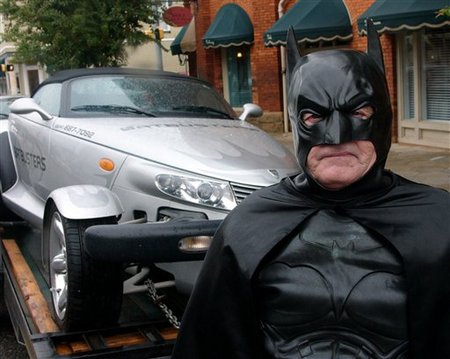there is a kind of irony about having a giant clock next to your place of work. it would make for a good photo, i think.
so how's things? my life has been pretty busy the last year. i've worked on a few movie productions, made lots of new friends ( i dont have a myspace to prove that yet though. ), and learnt a little about myself along the way.
i have a new job, to complement my projection/management job. i'm moving out of home soon. i still feel really tired, but you know. content.
rant rant. last week i went up to lake maquarie with only the bestest of bestest university friends! it was a 'blast' or a 'rad chill out sesh'. we drank a bit, and by a bit i mean i had a 6 pack of beers over the 3 days. any more than 2 beers a night and i'd be asleep. it was cool to stay at emma fernzys place, which is beautiful and i'm incredibly jealous of it. good company always helps. it was good just to stop for a bit. sleep if i wanted to sleep. eat when i needed to eat. sleep when i needed to sleep. i'd like to thank emma for inviting me up. wait - no one reads this blog but rhiannon.
hi rhiannon. !!!
i also like how you changed the design of your blog! its looks funky and fresh. new blog title, new look, new pic! puts me to shame. thats why i chose to be really derivative and cool and copy you. im a jerk.
superhero news - my Hoyts pal, Julian, went over to the
he didnt get anyone else presents. aren't i spesh.
tomorrow night... (dot dot dot)... subject y - the film, directed by aaron mclisky, shot by yours truly (josh, jesus, learn names) is screening as part of focus at the chauvel cinema. Focus is a night where Mac Uni plays all the graduate students 2nd semester films, some of their docos and some honours projects. We were randomly fortunate enough to get our 2nd year film through to focus. Its a nice little treat, but I think the real test for the film will be out in the real world - in real festivals, not sham ones that mac uni puts on for one night where everyone will wank on about how great we all are and how much potential we all have. real festivals are the judge of success, and i think this film has a fighting (like rocky 4), fighting chance. but we'lll see. anyway, focus is on tomorrow. i'm really dissapointed that ribbon dancer didn't get through to focus - i think its an outstanding film - but as i said to kate, its all about festivals. if the film is good, it will get good reception at festivals.
kindof along those lines, but funny, camouflage man, superhero volume 2, is still kicking. it got into a final of another comedy festival, grand final screening in december. its a cool little flick, but i never thought it would get this far.
also - chris bradstreet's band, bird automatic have started playing gigs around sydney. they were at candy's apartment last week. if you know chris, i'm sure you've been already. however, if you've never heard of the band - do it. they've got alot of potential. personally, i think they're a bit of a cross between DEVO and Death Cab for Cutie. They've just got to amp up the synth a bit, and they'll be great.
note: bird automatic did the soundtrack for camouflage man. it had lots of synth.
superhero stuff..... i havent really sat trolling the internet for articles recently. it sounds like a lie, but seriously - ive been busy. monoxide will be shot sometime in january/febtober, but i want to make sure that the script is bullet proof before we start shooting.
and you know, it can wait. to make the best film, you need the best script. full stop. otherwise - hang on, and just keep writing.
so yeah. thats the status of 'now'.
also, there's a roger sharpe movie coming out soon. i'll stick it up on youtube when its finished (its being edited by andrew robbbards right now) so you can see me being an idiot trying to sell van mccoy records.
its champagne comedy.
until next time folks.... movember....











